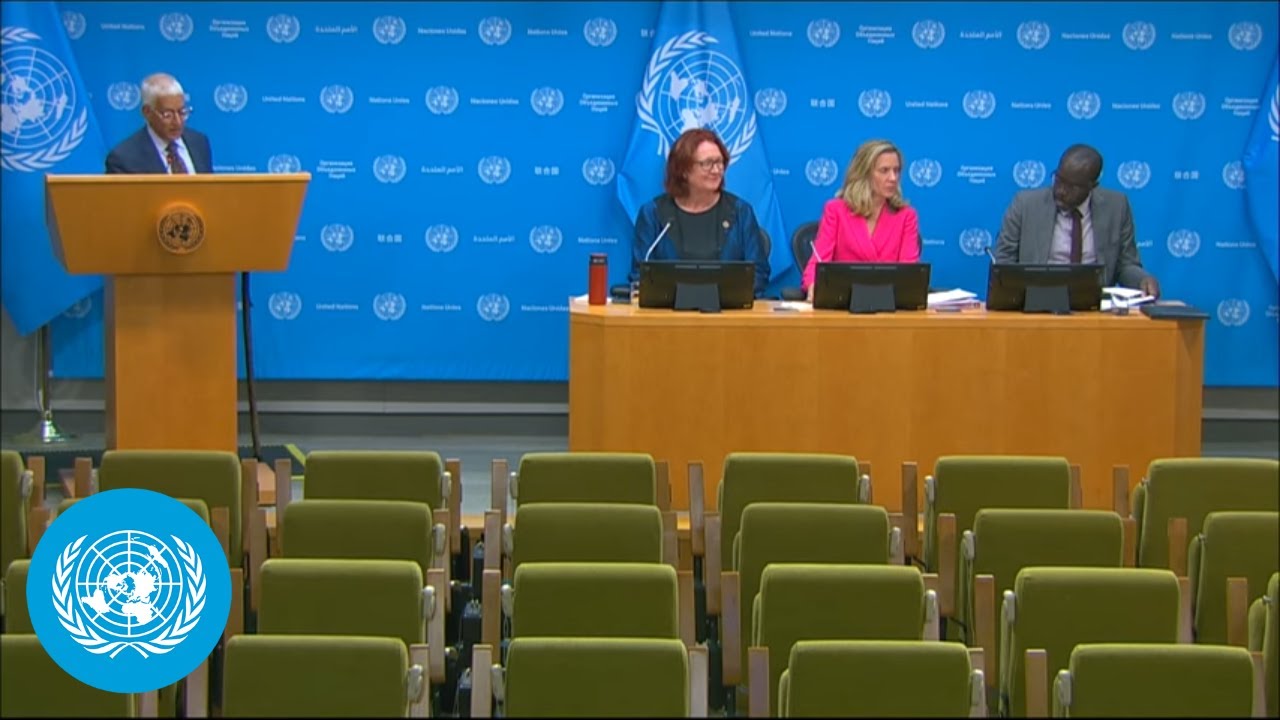Gender Snapshot 2025: none of the global gender equality targets are on track | United Nations
According to a new report, the world is retreating from gender equality — and the cost is counted in lives, rights, and opportunities.
Today (15 Sep), at the launch of the 2025 SDG Gender Snapshot report, UN Women and the UN Economic Development in the Department of Economic and Social Affairs (DESA) said that 5 years from the Sustainable Development Goals (SDGs) deadline, none of the gender equality targets are on track, but this does not have to be a reality for women and girls of today or tomorrow.
Bjørg Sandkjær, UN-DESA Assistant Secretary-General, said, “Profound gaps persist. At current trends, more than 350 million women and girls could still be living in extreme poverty by the year 2030. Last year, in 2024, nearly 64 million more women than men experienced food insecurity. Again, talking about leadership, women hold only 27 per cent of parliamentary seats globally, while more than 100 countries have never had a woman Head of State or Government.”
She stressed, “Under a worst-case scenario, climate change could push up to 158.3 million more women and girls into extreme poverty by 2050.”
She also warned that “Without accurate, timely gender data, we cannot measure progress or design effective interventions and we are receiving reports that close to 70 percent of national statistical offices reported reduced funding since the start of this year.”
She concluded, “We need renewed political will and reinvigorated international cooperation to accelerate progress toward gender equality. This is not only just—it is also sound economics and smart policy.”
The report shows that the world is at a crossroads.
Some key data from the report: The world is retreating from gender equality — and the cost is counted in lives, rights, and opportunities.
Sarah Hendriks, director of UN Women’s Policy Division, said, “In essence, this year’s Gender Snapshot sounds a very clear and urgent alarm: Not a single one of the SDG 5 indicators have been met, and none are actually on track, not one. And the truth is quite stark, and what we see from this data is that the world is actually backsliding when it comes to gender equality. It is taking quite significant steps back, and the cost is measured in lives, but also in rights and lost opportunities.”
She highlighted, “The outcomes of this are not inevitable. They are actually the result of deliberate choices. They are, in fact, the result of disinvestment, the result of institutional erosion and the result of systems that prioritize war over rights, war over equality. We live now in a world that spends $2.7 trillion a year on weapons and yet fall short on the $420 billion price tag to advance and achieve gender equality and women’s rights.”
Papa Alioune Seck, chief of UN Women’s Research and Data, noted, “Nearly 1 in 3 women will experience physical and or sexual violence in her lifetime. This is a crisis of pandemic proportions. Yet, we also know how to change this: Financial inclusion is a powerful tool. For every 10 percent increase in women’s financial inclusion, violence decline by approximately 2 percent.”
The Gender Snapshot report is the world’s most authoritative source on gender and the Sustainable Development Goals, drawing on more than 100 data sources to track progress across all 17 Goals.
Female extreme poverty has hovered at 10 per cent since 2020. If current trends continue, the world will reach 2030 with 351 million women and girls still living in extreme poverty.
Conflict is getting deadlier for women and girls.
Already, 676 million women and girls live within reach of deadly conflict — the highest recorded since the 1990s.
But where gender equality has been prioritized, it has delivered.
Girls are now more likely to complete school than ever before, and maternal mortality has declined by nearly 40 per cent between 2000 and 2023.
Rates of intimate partner violence are 2.5 times lower in countries with comprehensive measures on violence compared to those with weak protections.
Closing the gender digital divide alone could benefit 343.5 million women and girls worldwide, lift 30 million out of poverty by 2050, and generate an estimated $1.5 trillion boost to global GDP by 2030.
Ahead of the UN high-level week, the Gender Snapshot report makes clear that the choice is urgent: invest in women and girls now, or risk losing another generation of progress.
For more Information or to watch the video on YouTube, click here.
